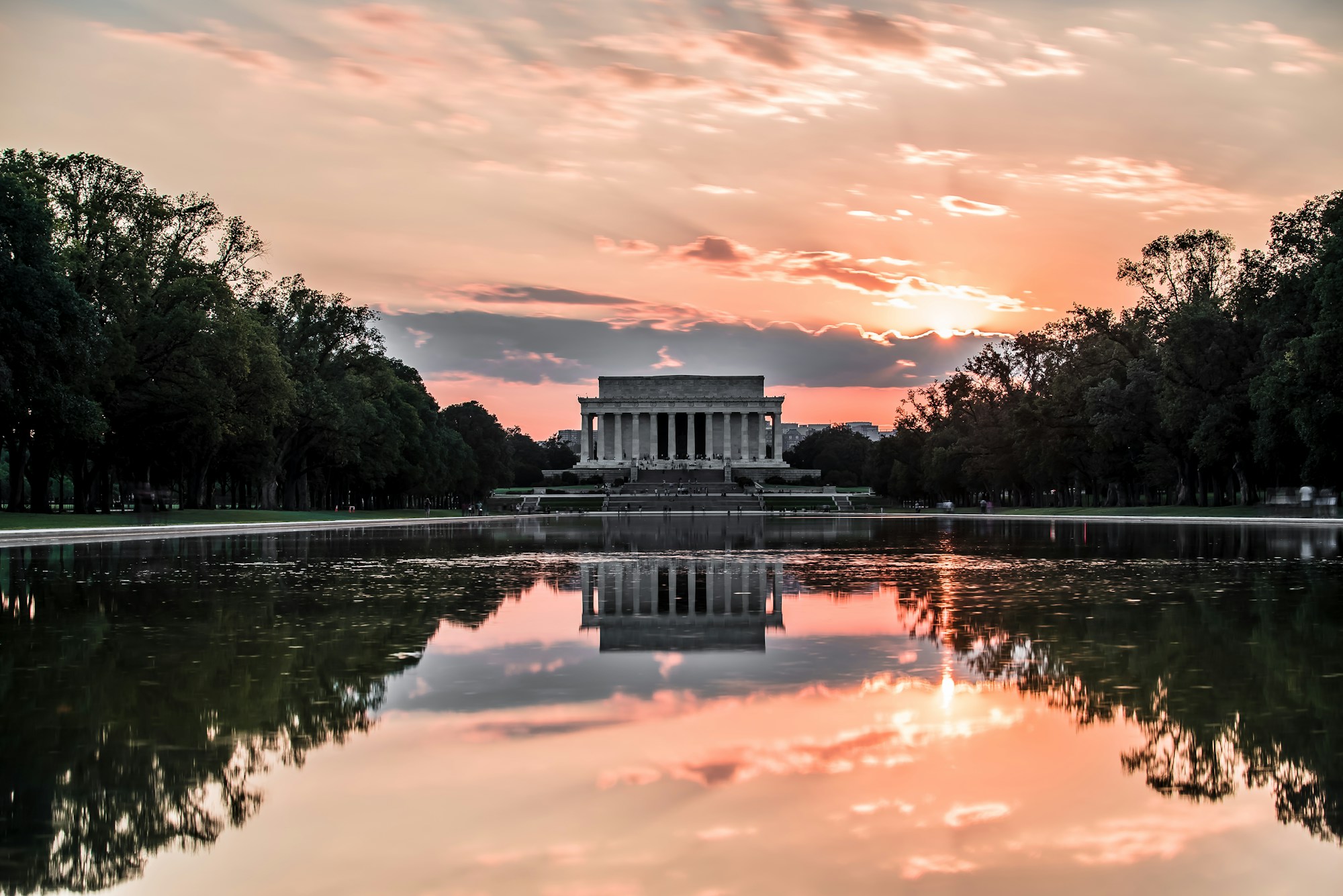Best Months for Washington, D.C. Visit: Weather & Seasons Guide

Best Months for Washington, D.C. Visit: Weather & Seasons Guide
Washington, D.C., the capital of the United States, is a vibrant city with a rich history and plenty to see and do. When planning a visit to this iconic city, it's important to consider the weather and seasons to make the most of your trip. From snow-covered winters to hot and humid summers, each season brings its own unique charm to the city. Here's a guide to help you decide on the best months to visit Washington, D.C.
Seasons in Washington, D.C.
Washington, D.C. experiences four distinct seasons: spring, summer, fall, and winter. Each season offers a different climate and a range of activities for visitors to enjoy.
Spring (March to May)
Spring is a beautiful time to visit Washington, D.C., as the cherry blossoms bloom and the city comes alive with vibrant colors. The average temperatures range from 45°F (7°C) to 70°F (21°C), making it a pleasant time for outdoor activities such as exploring the National Mall or visiting the numerous museums. However, spring showers are common, so it's advisable to pack an umbrella or raincoat.
Summer (June to August)
Summers in Washington, D.C. are hot and humid, with average temperatures ranging from 70°F (21°C) to 90°F (32°C). The humidity can make it feel even hotter, so be prepared with lightweight and breathable clothing. Despite the heat, summer is a popular time to visit as the city hosts a variety of outdoor festivals and events. Make sure to stay hydrated and wear sunscreen when exploring the city under the summer sun.
Fall (September to November)
Fall is a picturesque season in Washington, D.C., as the leaves change color and the weather becomes cooler. The average temperatures range from 50°F (10°C) to 70°F (21°C), offering comfortable weather for outdoor activities such as visiting the city's monuments or exploring the historic Georgetown neighborhood. Fall is also a great time for food enthusiasts, with many restaurants offering seasonal menus featuring autumn flavors.
Winter (December to February)
Winter in Washington, D.C. can be cold and snowy, with average temperatures ranging from 30°F (-1°C) to 50°F (10°C). Snowfall is common during this season, adding a picturesque charm to the city's landmarks. The city is less crowded in winter, making it a good time to visit if you prefer a quieter experience. Don't forget to bundle up and wear warm clothing when exploring the outdoor attractions.
Monthly Weather Overview
| Month | Season | Humidity | Temperature (°F/°C) | Sun | Rain (inches) |
|---|---|---|---|---|---|
| January | Winter | 64% | 38°F/3°C | 5 hours | 2.8 inches |
| February | Winter | 63% | 42°F/6°C | 6 hours | 2.6 inches |
| March | Spring | 66% | 52°F/11°C | 7 hours | 3.4 inches |
| April | Spring | 64% | 63°F/17°C | 8 hours | 3.1 inches |
| May | Spring | 68% | 72°F/22°C | 9 hours | 3.9 inches |
| June | Summer | 70% | 81°F/27°C | 9 hours | 3.7 inches |
| July | Summer | 72% | 86°F/30°C | 9 hours | 4.1 inches |
| August | Summer | 72% | 85°F/29°C | 8 hours | 3.6 inches |
| September | Fall | 70% | 78°F/26°C | 7 hours | 3.7 inches |
| October | Fall | 68% | 67°F/19°C | 6 hours | 3.1 inches |
| November | Fall | 66% | 55°F/13°C | 5 hours | 3.2 inches |
| December | Winter | 62% | 42°F/6°C | 5 hours | 2.8 inches |
Note: The temperature and weather conditions mentioned above are averages and may vary during your visit. It's always a good idea to check the forecast closer to your travel dates.
Explore Washington, D.C.
When visiting Washington, D.C., there are numerous attractions to explore. From the world-famous National Mall, home to the Lincoln Memorial and the Washington Monument, to the iconic White House and the Smithsonian museums, there's something for everyone.
To make the most of your visit, use the map below which provides the coordinates for the heart of Washington, D.C.:
Whether you're wandering through the streets or exploring the world-class museums, Washington, D.C. offers an incredible mix of history, culture, and natural beauty. By considering the seasons and weather conditions, you can plan an unforgettable trip to the nation's capital.
